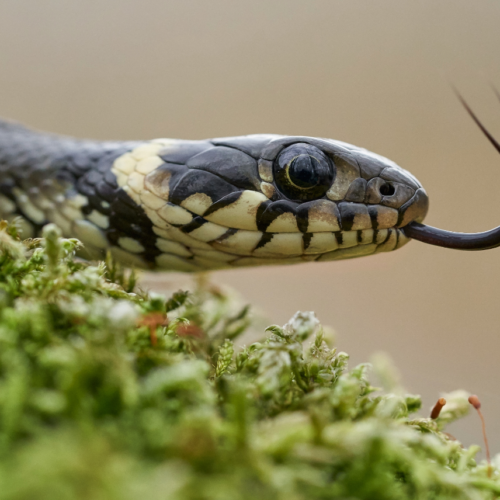Scientists and conservationists have long been concerned about the increasing amount of plastic in our oceans. Millions of tons of plastics enter the oceans every year as litter discarded by humans, and have been found in seabirds, fish, whales and turtles.
Once swallowed, the material cannot be digested, building up in digestive tracts, and, while being broken down into smaller particles, toxic chemicals are released which are thought to impact chemical and hormone balances. These plastics and chemicals accumulate up the food chain and reach organisms such as tuna, mackerel and salmon that are eaten by humans.
Plastic does not biodegrade. It breaks down into small particles when exposed to UV radiation, chemical degradation and the movement of the waves. Microplastics are defined by NOAA (National Oceanic and Atmospheric Administration) as plastic particles that are less than 5 mm in diameter. Between 5,000 and 95,000 particles of microplastics could be released from a single use of a cosmetic product that contains microbeads.
The impact of these materials on the life cycle of animals has been hard to measure up until now.
A study, recently published in Science, has shown that young fish exposed to microplastics prefer eating microplastics to their natural food, their growth is stunted, and they ignore chemical signals warning them of the presence of predators. The authors exposed European perch (Perca fluviatilis) larvae to different concentrations of polystyrene, equivalent to average and high concentrations of microplastics found along the Swedish coast.In the absence of microplastics, 96% of the eggs hatched successfully, but this decreased to 81% for eggs exposed to high concentrations. Fish that hatched into the microplastic environment were smaller and slower than those in a clean environment. When exposed to predation, fish that were reared in the microplastic environment ignored chemical cues warning of the presence of a predator which would usually make them freeze to avoid being seen. These unfortunate fish were picked off by the pike three times more quickly than those raised in plastic-free water.
Once microplastics are in the environment they are impossible to get rid of. Preventing the release of plastics into our waterways and oceans should be a matter of priority. For decades now, campaigners have been calling for countries to reduce the amount of waste allowed to enter the marine environment. More recently, campaigns are focussing on ending the use of microplastics in cosmetics and body care products and some companies have committed to stop using them. The US has already banned their use. The EU has yet to respond.
However, according to this latest research this could be too little, too late. If the early life stages of other species are similarly affected and this translates into increased mortality, as it does for the perch, the effects on aquatic ecosystems could be far-reaching, long-lasting and profound.










